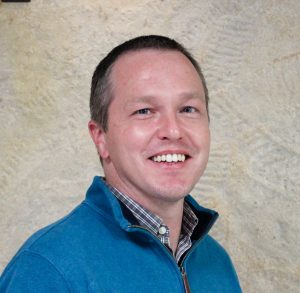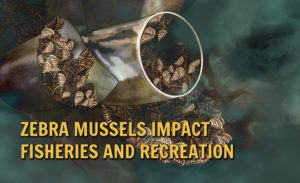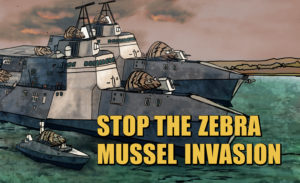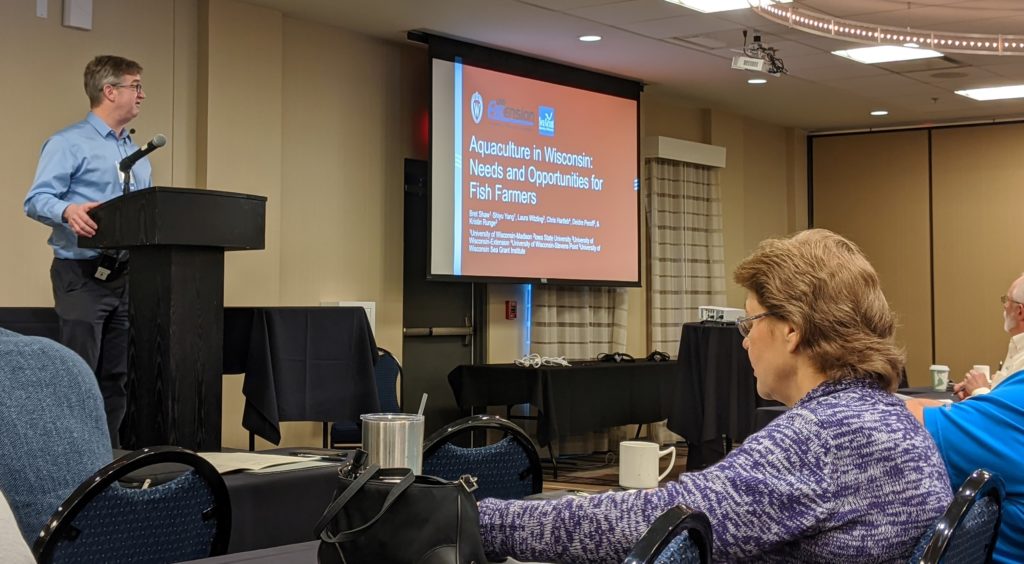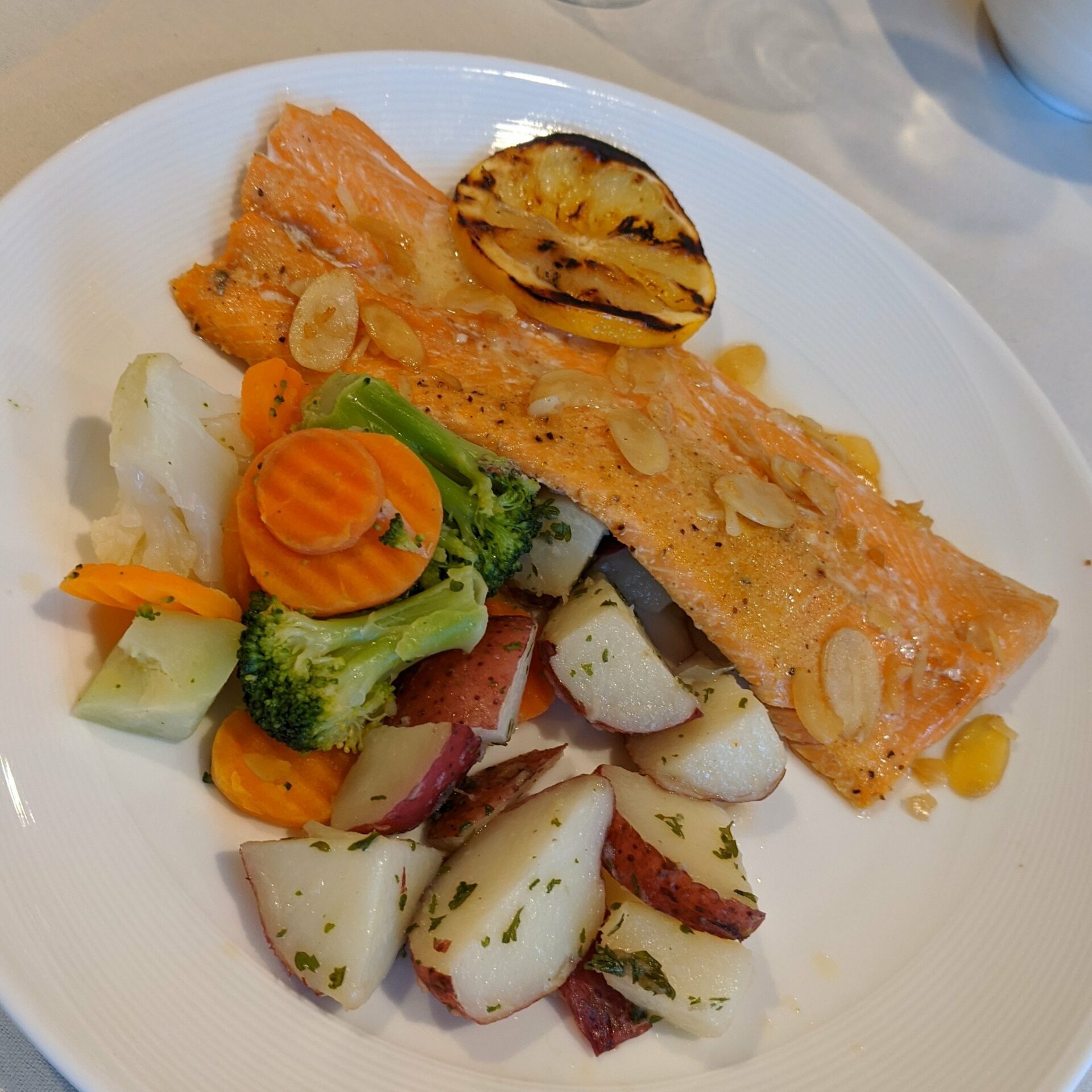New study shows Americans searching for ways to reduce PFAS exposure through drinking water
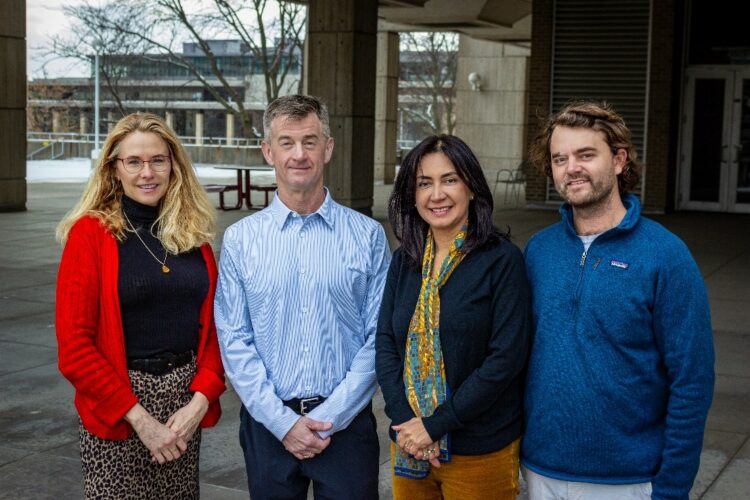
The PFAS research team: Lyn van Swol, Bret Shaw, Cristina Carvajal, Gavin Dehnert. Image credit: Hannah Hein of University of Wisconsin–Madison
A new study recently published in the “Journal of Environmental Health” shows that large numbers of Americans are searching online for ways to reduce their exposure to PFAS, a group of synthetic “forever chemicals” found in everything from nonstick pans to takeout containers.
The research also showed that when people did search for PFAS — which is short for per- and polyfluoroalkyl substances — they focused specifically on how to filter the chemicals from their drinking water.
“People are clearly trying to take action,” said Bret Shaw, a professor in the Department of Life Sciences Communication and the Division of Extension at the University of Wisconsin–Madison and co-author of the study. “They’re looking for actionable steps they can take to protect their families, and public health messaging needs to support their informational needs. We need to focus on actionable advice.”
Shaw and the study’s authors analyzed Google search data using Semrush, a digital analytics platform, to find out what kinds of questions people are asking about PFAS in drinking water.
These substances have the attention of scientists and environmental agencies because they don’t break down easily, which is what makes them useful in consumer products but also concerning for human health. Research has linked PFAS compounds to a range of problems such as cancers, reproductive issues, immune system effects, and more. The U.S. Environmental Protection Agency says nearly everyone in the U.S. has detectable levels of PFAS in their blood.
The research team’s goal is to help create messages that use the language audiences use and answer the questions they are asking. Their findings showed that nearly half of all PFAS- and water-related searches are about how to filter or remove them from tap water. Other common queries included things like “What are PFAS in water?” and questions about PFAS in bottled or sparkling water.
Interestingly, while “PFAS” had high search volume, other more specific terms like “PFOA” or “PFOS” didn’t, and even the commonly used phrase “forever chemicals” wasn’t searched as often.
“If your public health info doesn’t use the words people are typing into Google, they’re probably not going to find it,” said Tim Holland, lead author and Ph.D. student at UW–Madison’s Nelson Institute for Environmental Studies. “Even if it’s accurate, it’s not helpful if it doesn’t show up.”
The study suggests that public health communicators could improve outreach and communication efforts by focusing on search behavior, especially for issues like PFAS, where the science is complex and the interest in taking action has increased.
“In order to best communicate PFAS, it is essential to know what people are searching for,” said Gavin Dehnert, an emerging contaminants scientist and one of the research authors with Wisconsin Sea Grant. “It allows communicators to meet people where they are to create conversation around a difficult subject.”
Other co-authors include Professor Lyn Van Swol and Rachel Hutchins from the Department of Communication Arts at UW–Madison. Other partners include UW–Madison Division of Extension, the Wisconsin Department of Health Services, the Wisconsin Department of Natural Resources, Public Health Madison & Dane County, and the UniverCity Alliance.
The study is part of a larger project coordinated by Illinois-Indiana Sea Grant that addresses PFAS knowledge gaps in the Great Lakes region.
***
The University of Wisconsin Aquatic Sciences Center administers Wisconsin Sea Grant, the Wisconsin Water Resources Institute, and Water@UW. The center supports multidisciplinary research, education, and outreach for the protection and sustainable use of Wisconsin’s water resources. Wisconsin Sea Grant is one of 34 Sea Grant programs supported by the National Oceanic and Atmospheric Administration in coastal and Great Lakes states that encourage the wise stewardship of marine resources through research, education, outreach, and technology transfer.
The post New study shows Americans searching for ways to reduce PFAS exposure through drinking water first appeared on Wisconsin Sea Grant.News Releases | Wisconsin Sea Grant
News Releases | Wisconsin Sea Grant
https://www.seagrant.wisc.edu/news/new-study-shows-americans-searching-for-ways-to-reduce-pfas-exposure-through-drinking-water/

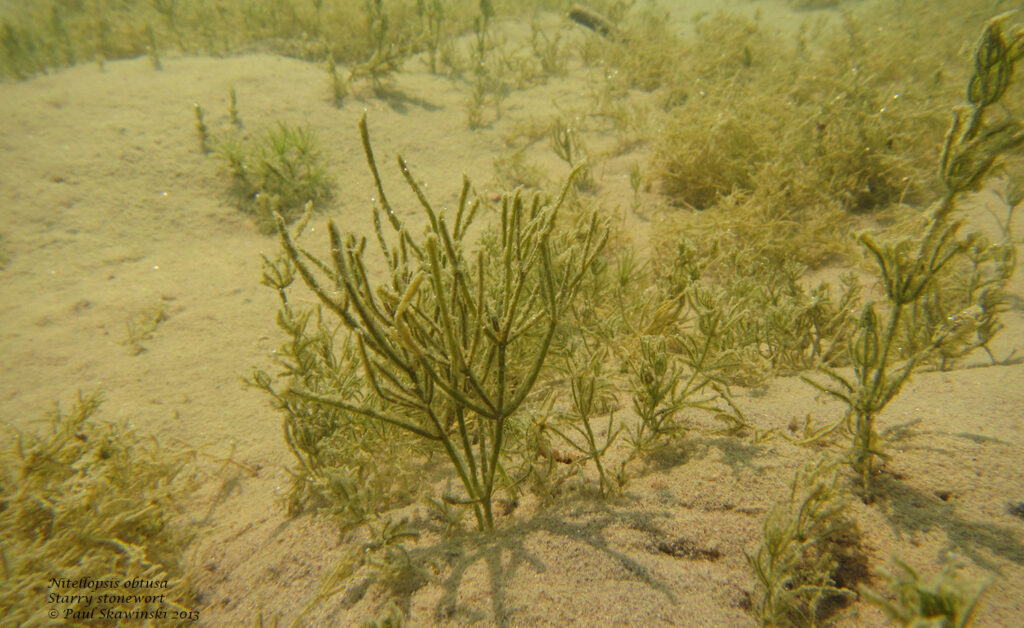
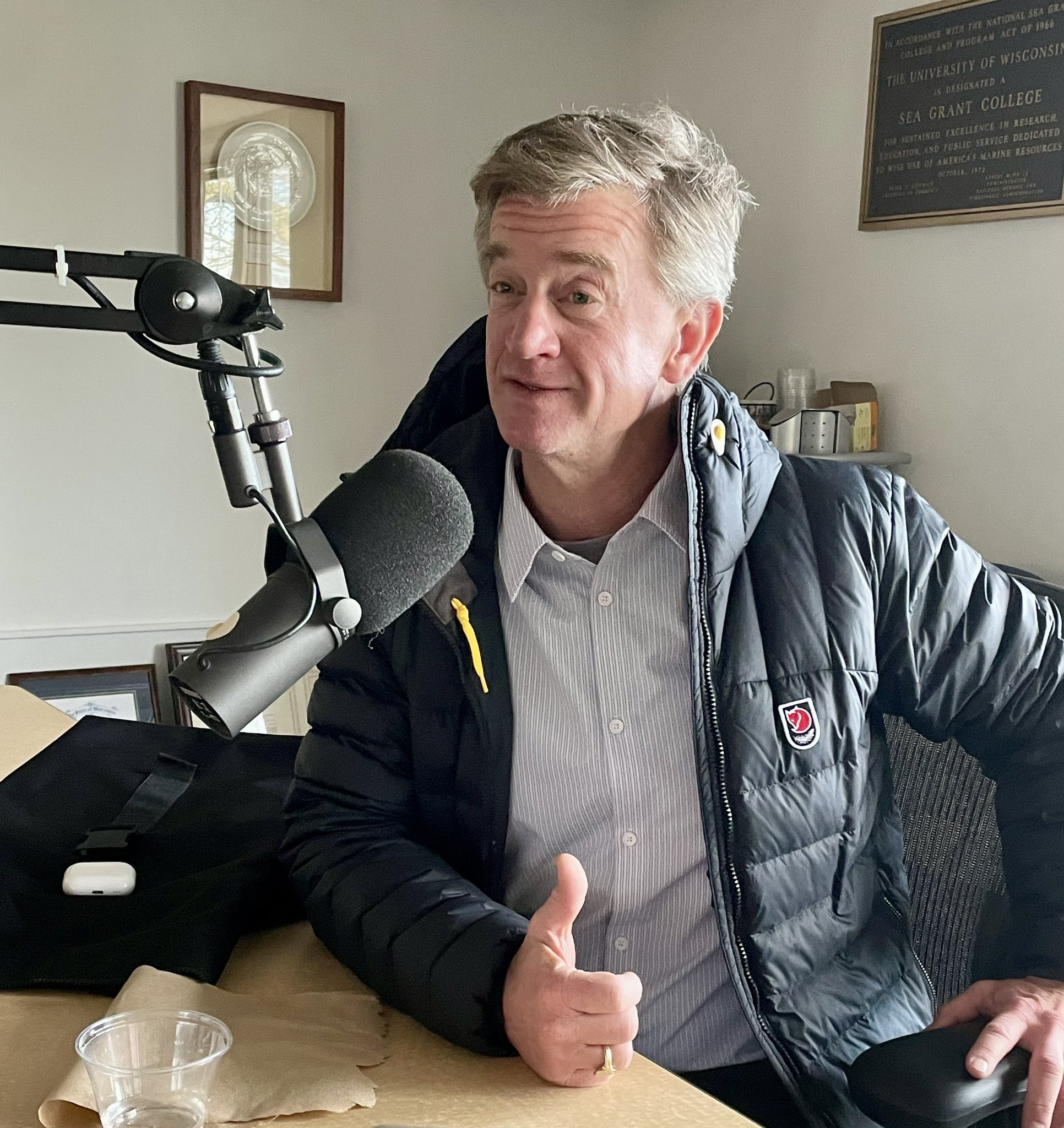
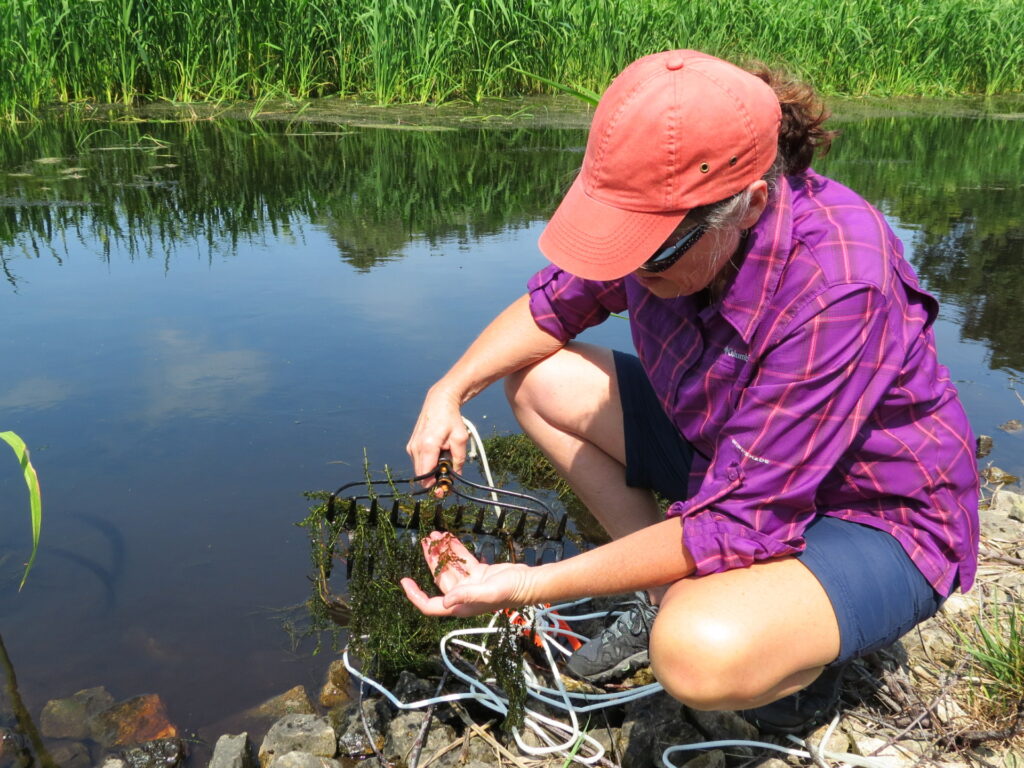


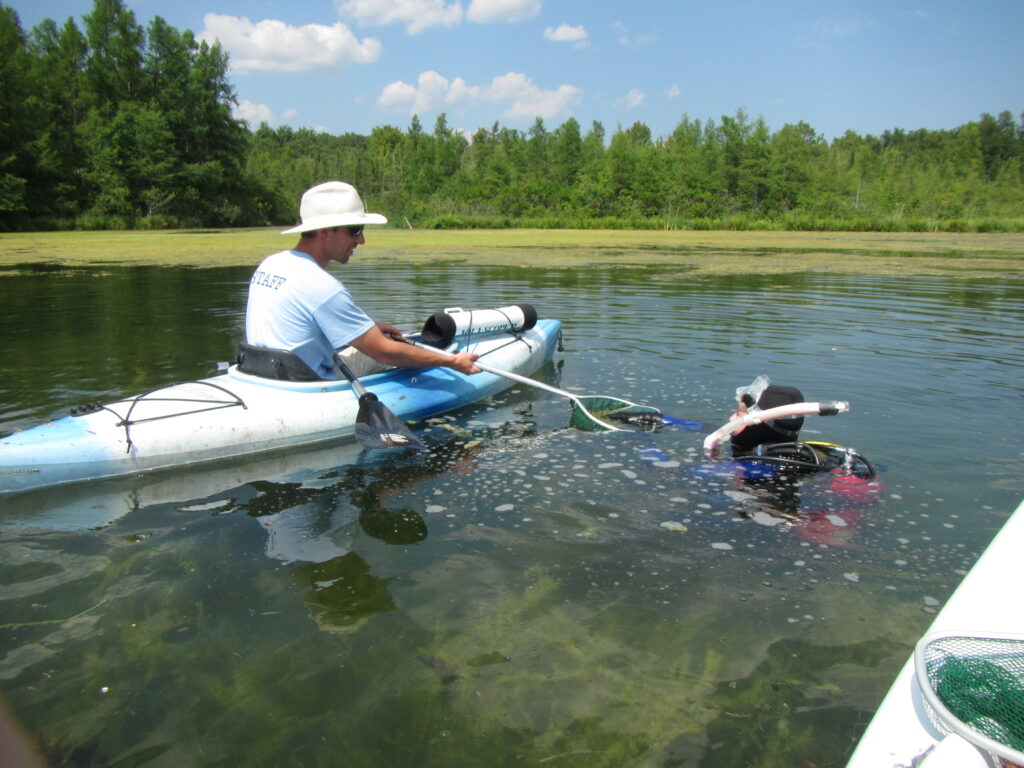
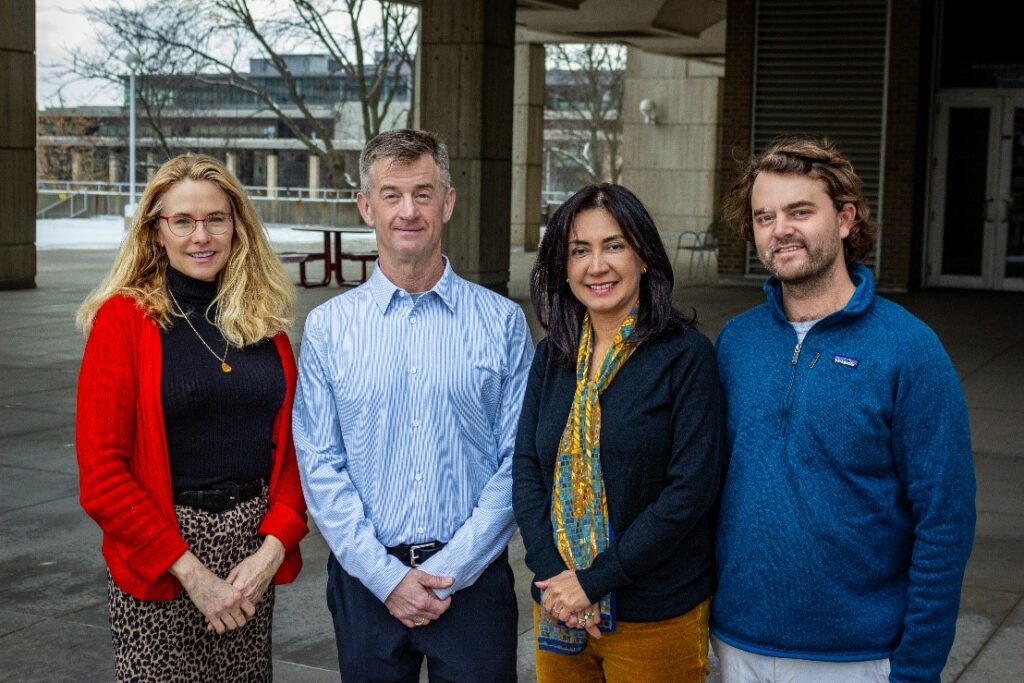
 These findings regarding groundwater and surface water are based on a study by UW-Madison professors, including Michael Cardiff via a research project funded by the University of Wisconsin Water Resources Institute. The report, entitled, “
These findings regarding groundwater and surface water are based on a study by UW-Madison professors, including Michael Cardiff via a research project funded by the University of Wisconsin Water Resources Institute. The report, entitled, “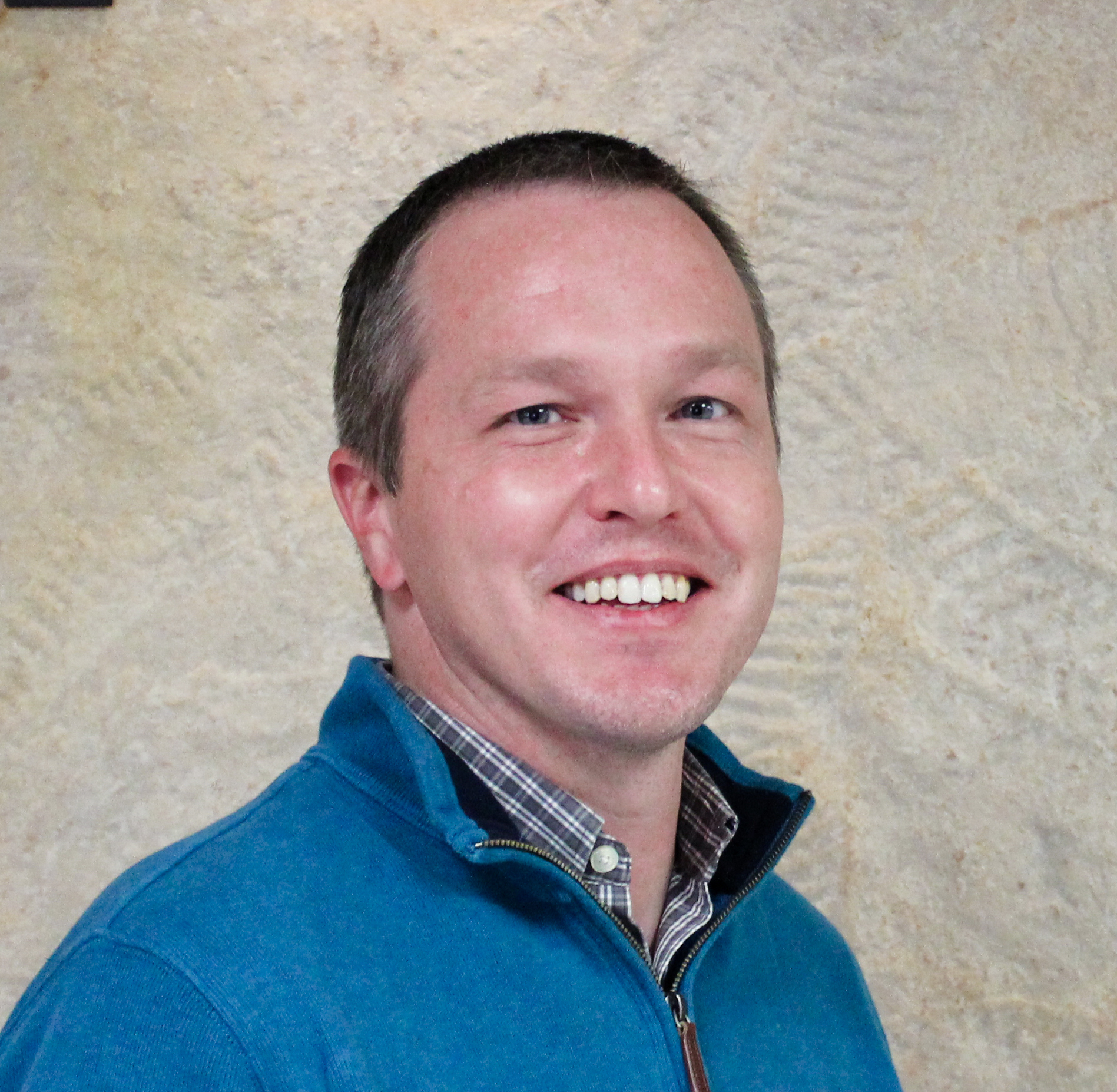
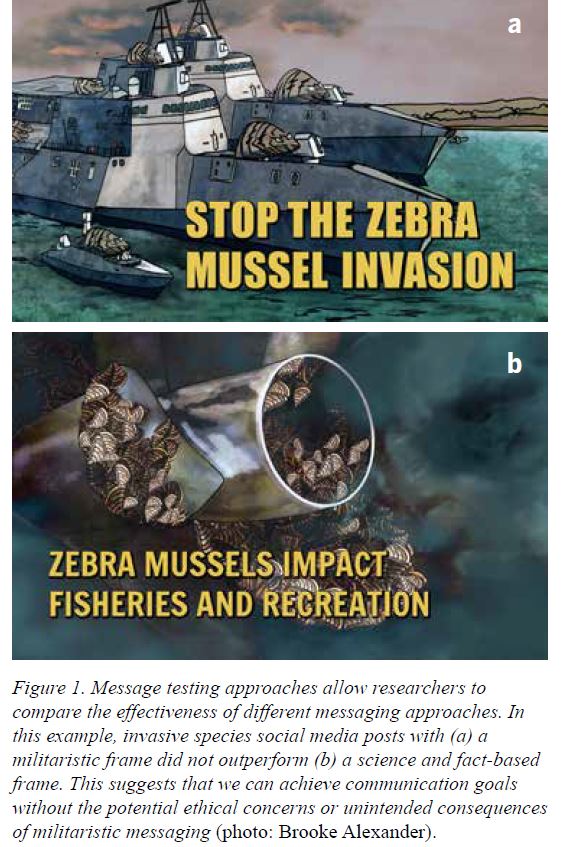 Natural resource management issues often boil down to people management issues. When it comes to lake management, people can be hard to predict. They may say one thing but do another. They may think they’re good environmental stewards even though some of their behaviors suggest otherwise. But to make meaningful progress in aquatic invasive species management issues, human behavior must be taken into account.
Natural resource management issues often boil down to people management issues. When it comes to lake management, people can be hard to predict. They may say one thing but do another. They may think they’re good environmental stewards even though some of their behaviors suggest otherwise. But to make meaningful progress in aquatic invasive species management issues, human behavior must be taken into account.
